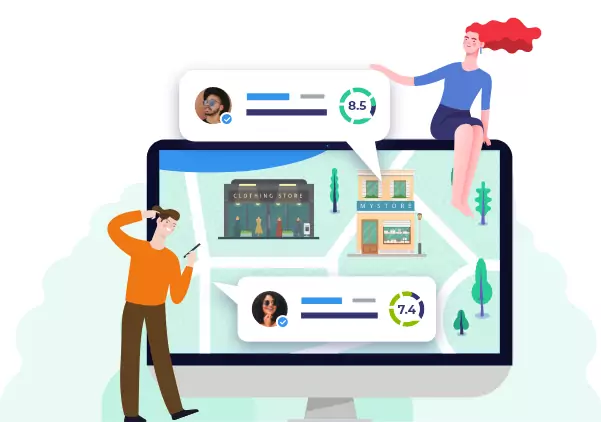Credits & Loans
Lending money as an individual can be quite challenging. You have to meet numerous requirements, and the interest rates can be high. Is it better to save up, or is a loan a good idea? What if you really want that car, or your washing machine suddenly breaks down? In such cases, it might be tempting to run to the bank. But is that really wise? Banks always warn you: "borrowing money costs money." However, if you approach it responsibly, it is manageable. But where should you go? What interest rates are considered normal? And if you want to pay off your debt early, can you do that without a penalty? Naturally, you wonder whether a revolving credit option is cheaper than a fixed loan. We have created an overview of all the companies that offer loans. Whether you are looking for a mortgage or a personal loan, we have categorized them for you. Other customers share their experiences with various banks and companies so you can make the best, well-informed choice.







































